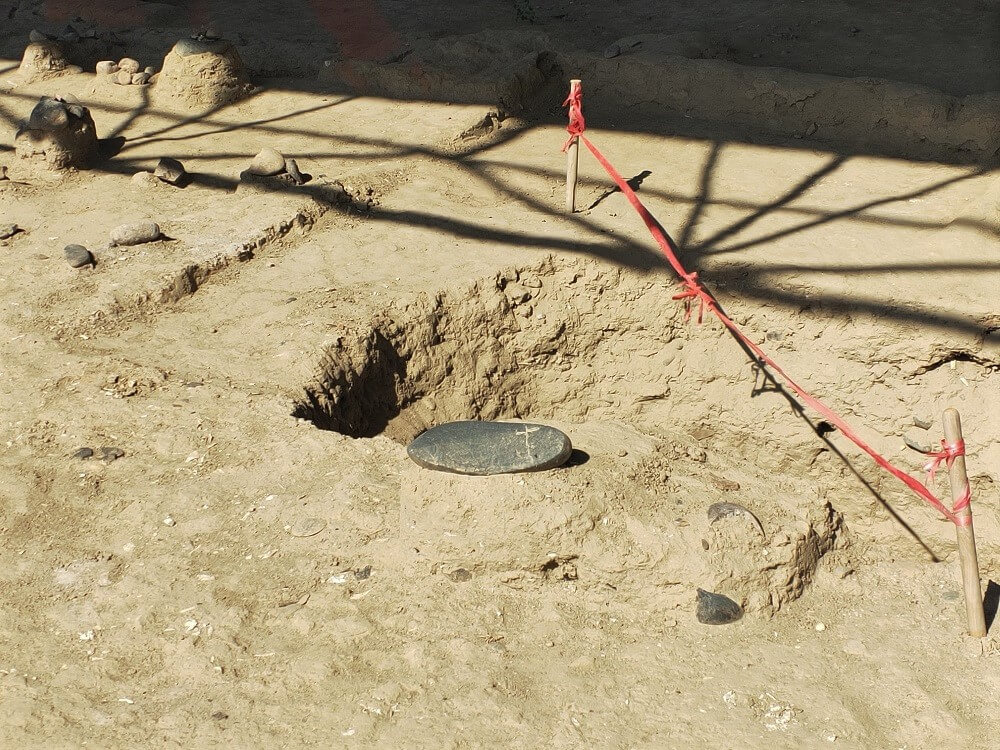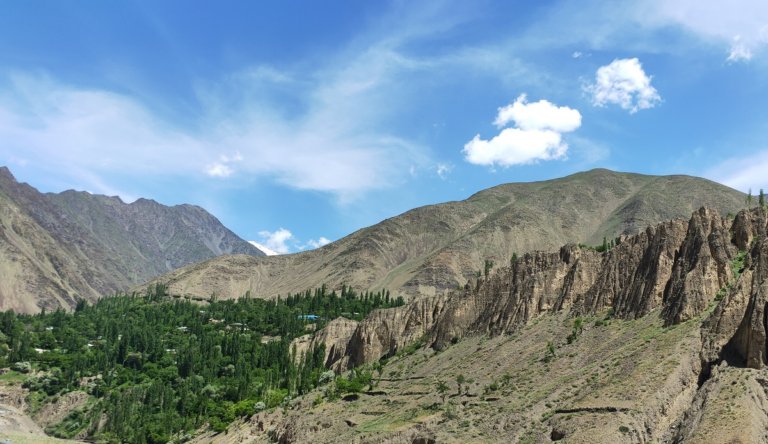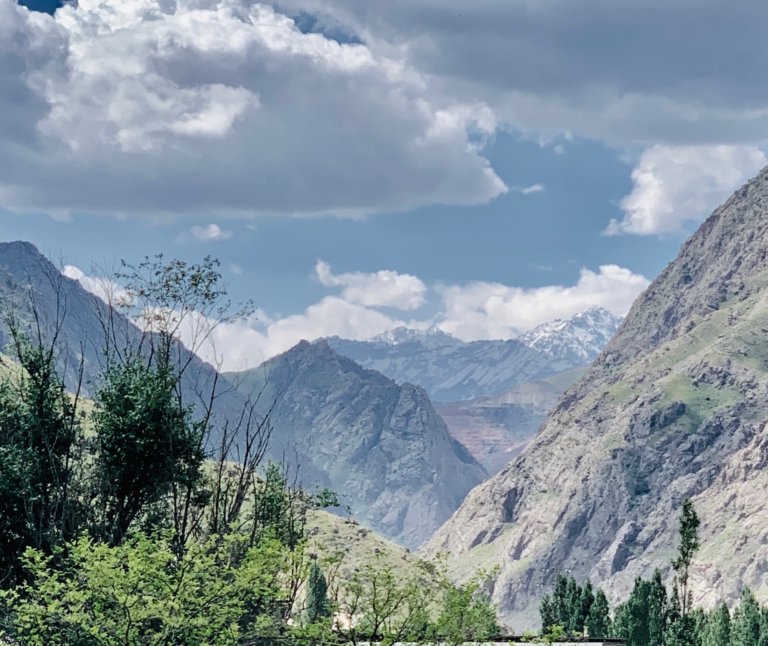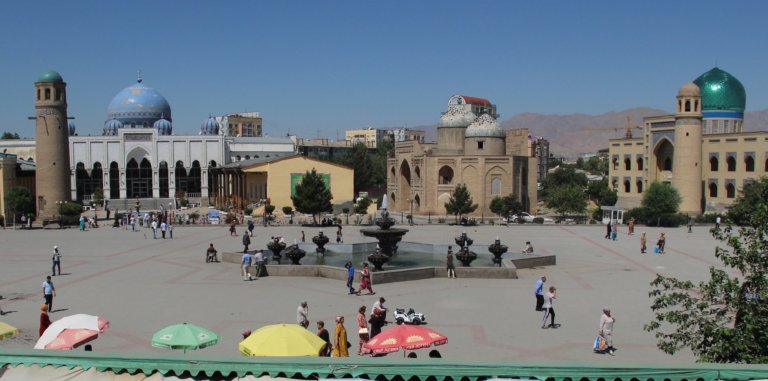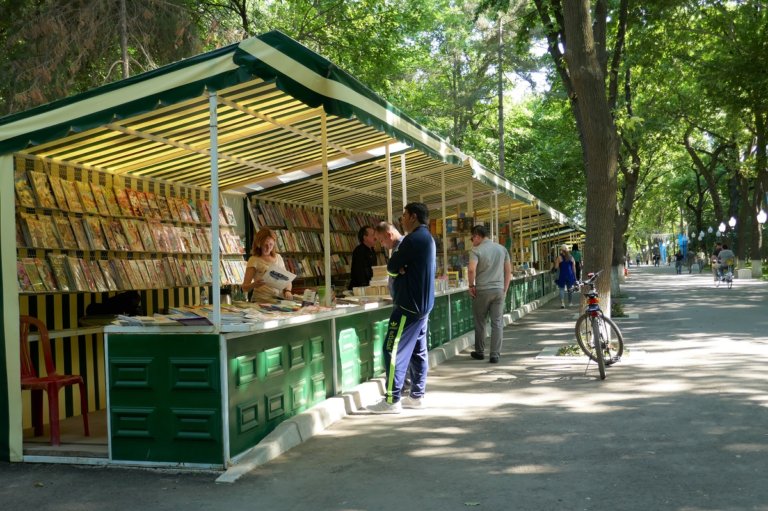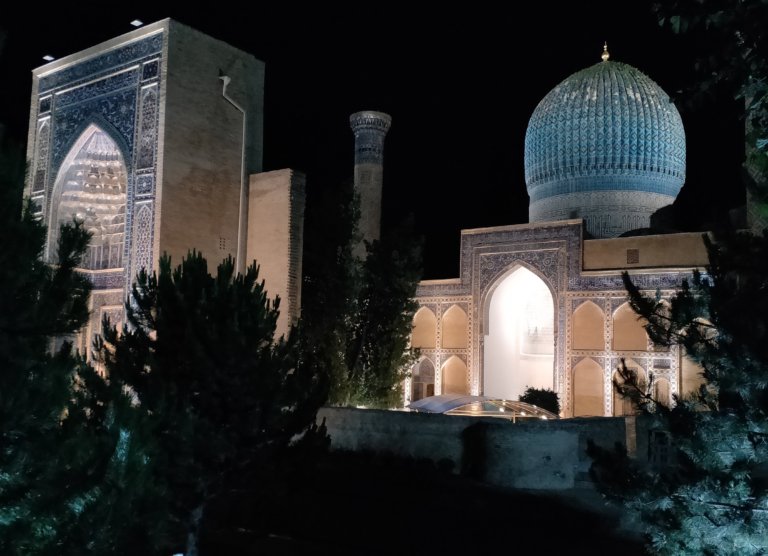Ancient Penjikent and Sarazm. Tajikistan. Day 32. May 31st 2019
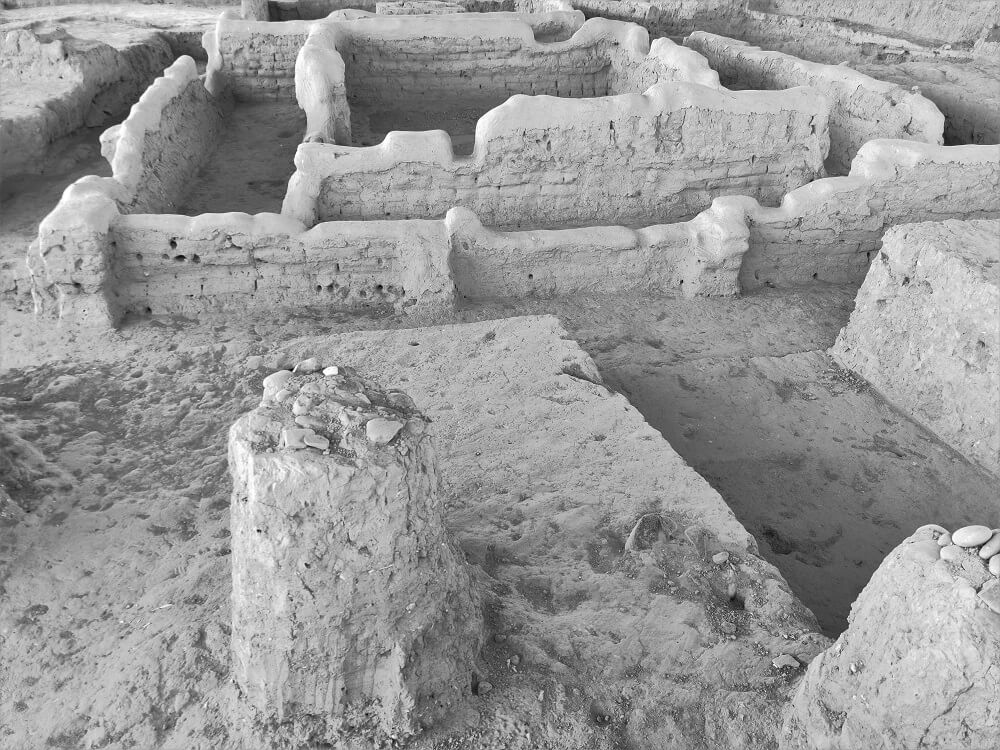
Two discovery stories: two ancient settlements. Both near Penjikent (one of its many spellings) – Panjakent, Panjikent, Panjekent, Panjikant. Both part of the rich archeological findings along the Silk Road Route
A fascinating story lead us eagerly to the ancient Penjikent Settlement. A settlement thought to have begun about 400AD, abandoned by 800 AD.
The Discovery – In 1932 a shepherd discovered a basket of documents on Mount Mugd, about 80kms from Penjikent. The documents were written in the ancient Sugd language, on pages made from animal skin. On examination it was discovered the documents were written by the then Sugdean leader Devachtich. Devachtich was thought to have been killed by Arabian forces as he retreated and they conquered the city. The documents detailed the settlement of ancient Penjikent and lead to the discovery of the large complex.

Penjikent, a key city on the Silk Road trade and travel route, has been described in the history of many empires.
Our exploration began at the small but wonderful Abu Abdullo Rudaki museum in Penjikent. Abu Abdullo Rudaki’s name and likeness featured throughout Tajikistan. A famous 10th century poet, father of the Tajik language and national hero.
The museum had a series of rooms, one of which was dedicated to the history of the Penjikent excavation with items from the site including fragments of colourful frescoes depicting daily life. Remnants of the Zoroastrian faith – some charred by Arab invaders as they burned the settlement. Many of the relics had been taken to St Petersburg as the site was first excavated in 1946, during the Soviet era.
A second exhibition room is dedicated to Sarazm, a site further out from Penjikent and thought to be approximately 5,500 years old. More below.
This small, wonderful, museum had other halls covering the Somonid period – a dynasty founded by local ruler and hero Somoni. Tajik literature, ethnography and modern history. A great place to start to understand Penjikent and the complex history of Tajikistan.
An on out to the site. Unfortunately, the early excavation of the site without cover, has lead to significant damage due to weather erosion. The layout of the complex and structure of many areas such as the citadel, artisan workshops, temple are still in evidence.
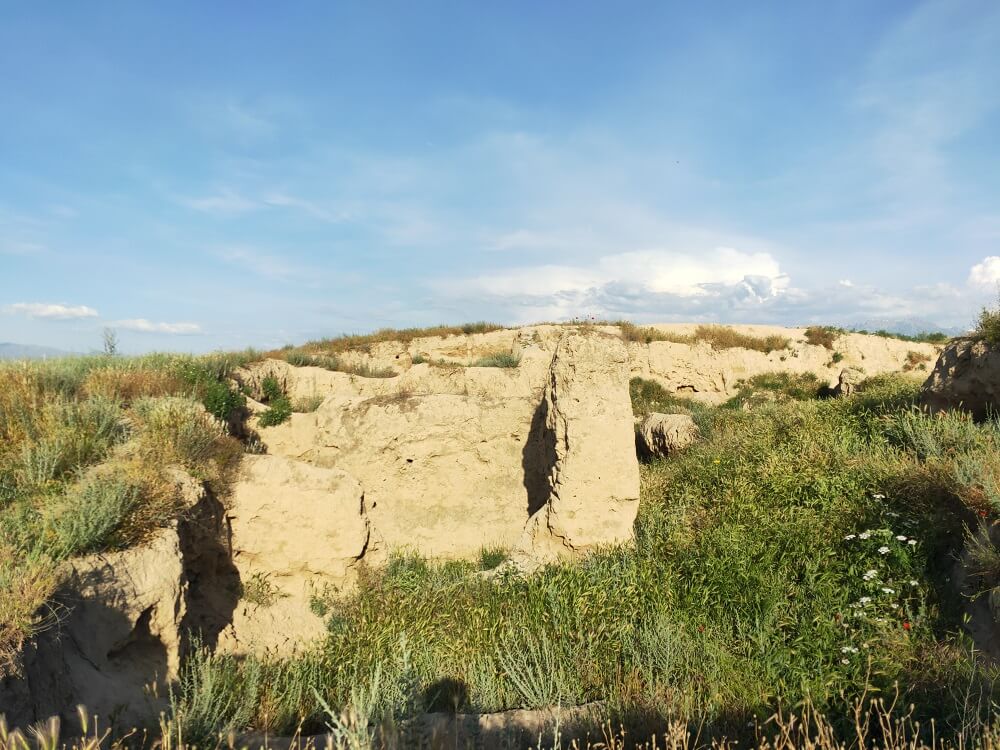
Remains of the predominant Zoriastrian faith are in evidence – A small museum on the site houses items excavated from the site including Zoroastrian relics such as an Ossuary still holding skull and bone remains.

Larger pieces of frescoes that once adorned the wall of buildings, are held in the small museum. It is thought these frescoes were saved when the town was burned by the invaders. The walls collapsed onto the ground protecting the paintings. All relics found since the Independence of Tajikistan now remain in the country. The paintings have lead this site to be described as second to Pompeii.
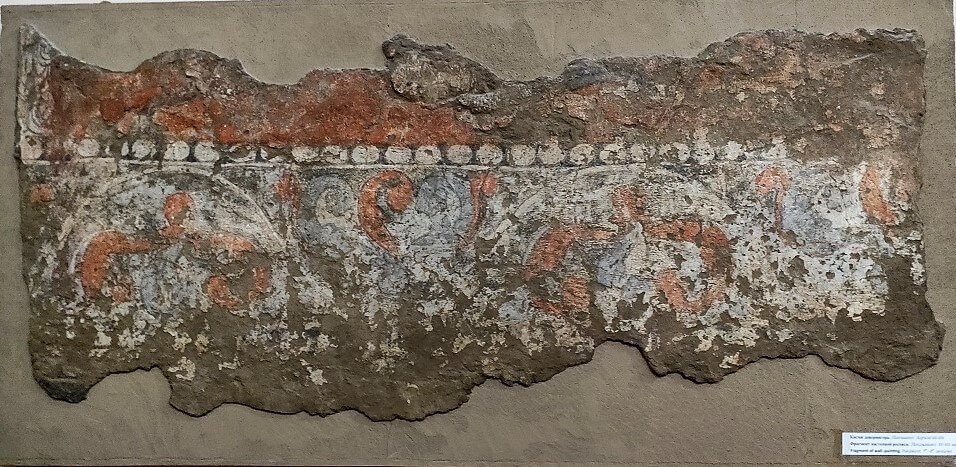
Sarazm

In Sarazm we another wonderful discovery story – a farmer found a large bronze ax head and kept it for three years until he told a local archaeologist “ I have a special find at home” – it was indeed a 5,500year old special find. Excavation of the area began in 1976 and continues.
Excavators have found proof of human settlement as old as 5500 years including the remains of a young woman who was buried with much jewellery hence she is referred to as the Princess of Sarazm. No cemetery has been found on the site and only 3 young bodies including the “Princess of Sarazm”
Fire altars have been excavated suggesting the inhabitants were Zoroastrian. Also excavated is a pit surrounded by animal bones.
